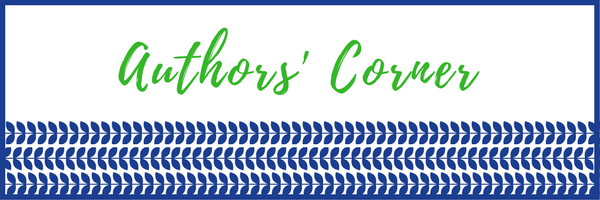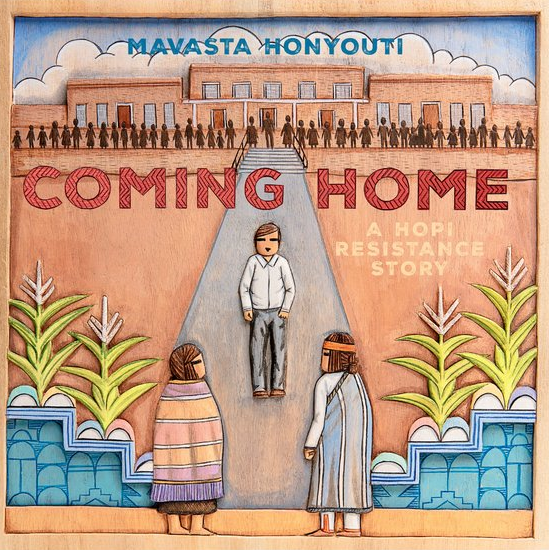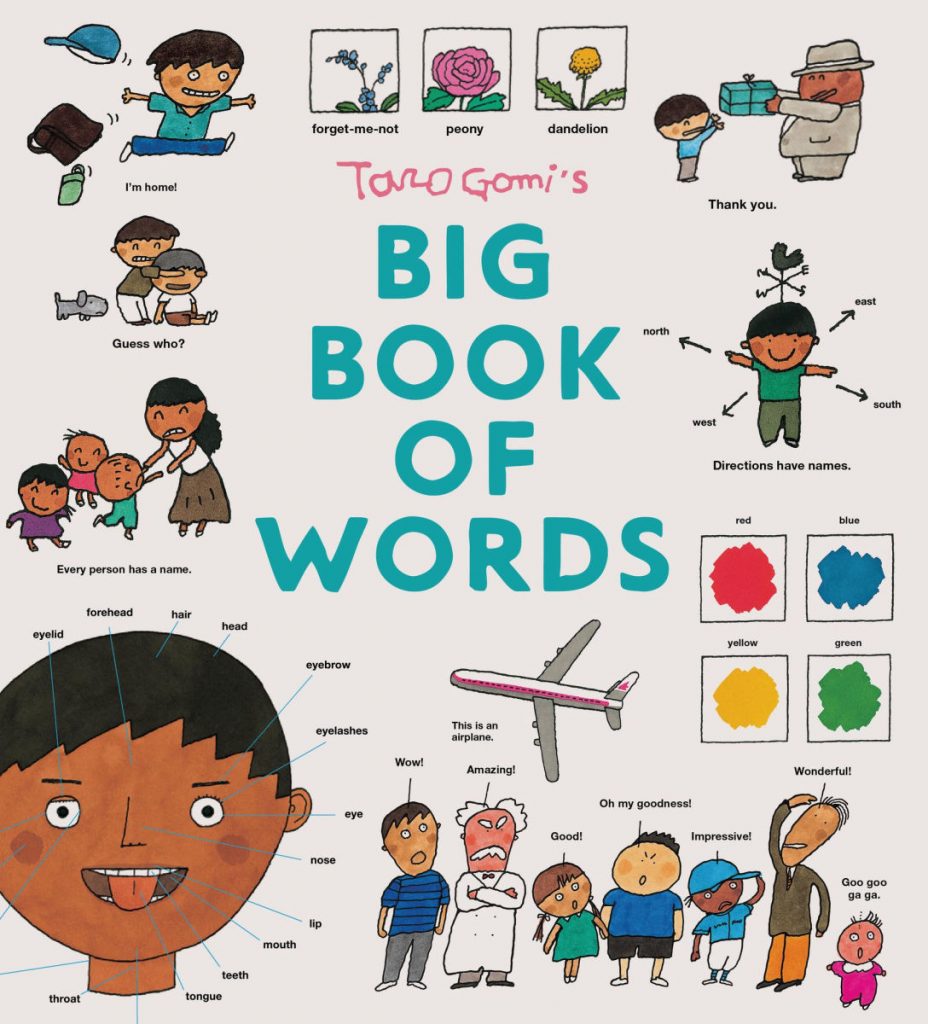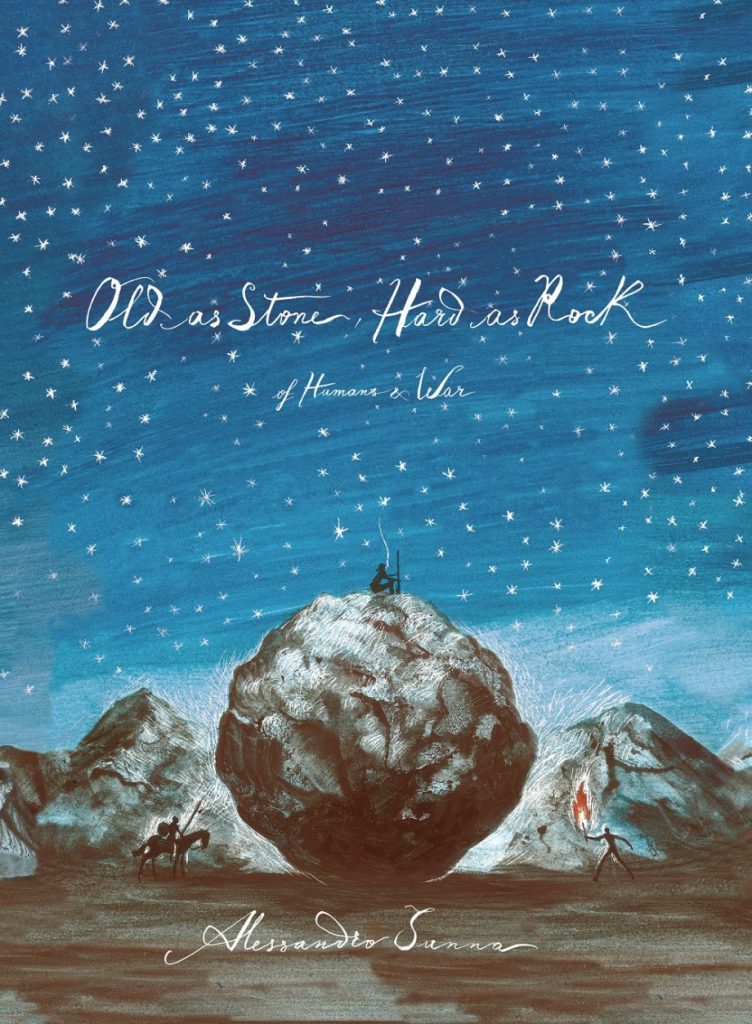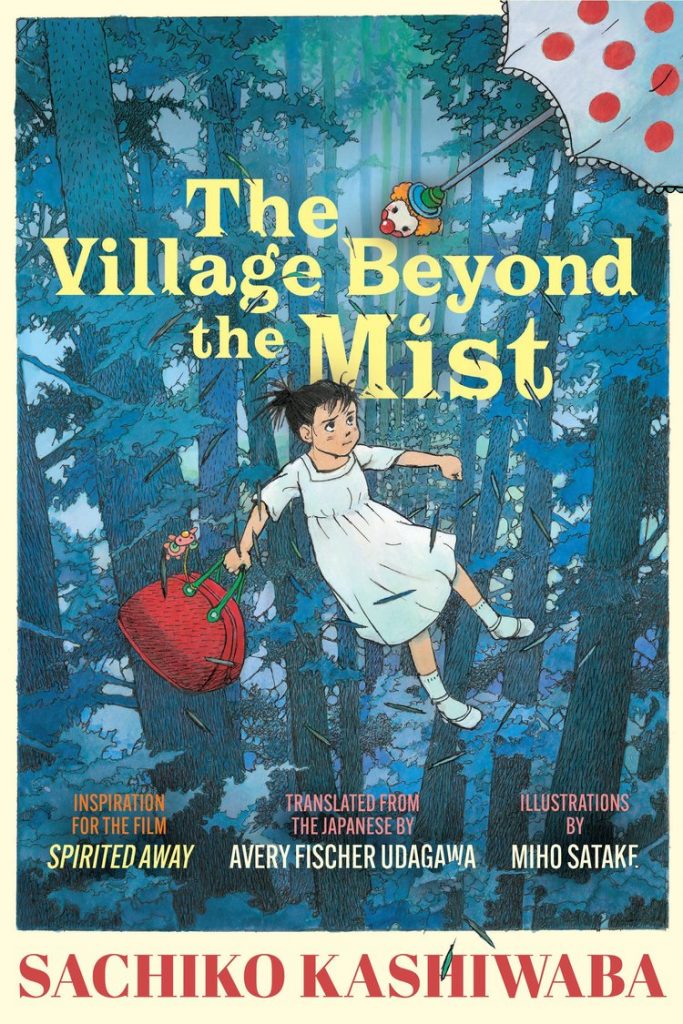By Holly Johnson, Emeritus Professor, University of Cincinnati, Cincinnati, OH
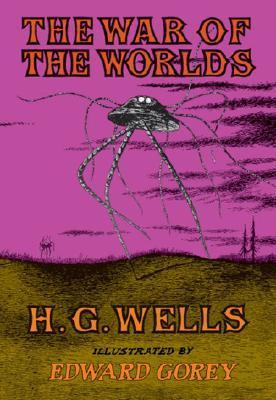 The growth of dystopian novels for all ages has exploded in the last 20 years. A genre that addresses societal fears as well as aspirations, dystopian literature is often considered an essential part of literature/reading programs from middle school through university. Dystopian books and series have been popular for over a hundred years with the publication of H.G. Well’s novel War of the Worlds serving as the first novel of alien invasion, which was published in 1898. Many of us have read a number of dystopian novels including seminal works such as 1984 by George Orwell (1949), Animal Farm by George Orwell (1950) and Fahrenheit 451 by Ray Bradbury (1953). It is an interesting phenomenon that this genre has become so popular with that popularity gaining significant growth after World War I and II. With the steady propulsion of progress across the 20th century, it is an interesting juxtaposition that dystopian thought has kept pace with such advancement. Continue reading
The growth of dystopian novels for all ages has exploded in the last 20 years. A genre that addresses societal fears as well as aspirations, dystopian literature is often considered an essential part of literature/reading programs from middle school through university. Dystopian books and series have been popular for over a hundred years with the publication of H.G. Well’s novel War of the Worlds serving as the first novel of alien invasion, which was published in 1898. Many of us have read a number of dystopian novels including seminal works such as 1984 by George Orwell (1949), Animal Farm by George Orwell (1950) and Fahrenheit 451 by Ray Bradbury (1953). It is an interesting phenomenon that this genre has become so popular with that popularity gaining significant growth after World War I and II. With the steady propulsion of progress across the 20th century, it is an interesting juxtaposition that dystopian thought has kept pace with such advancement. Continue reading


